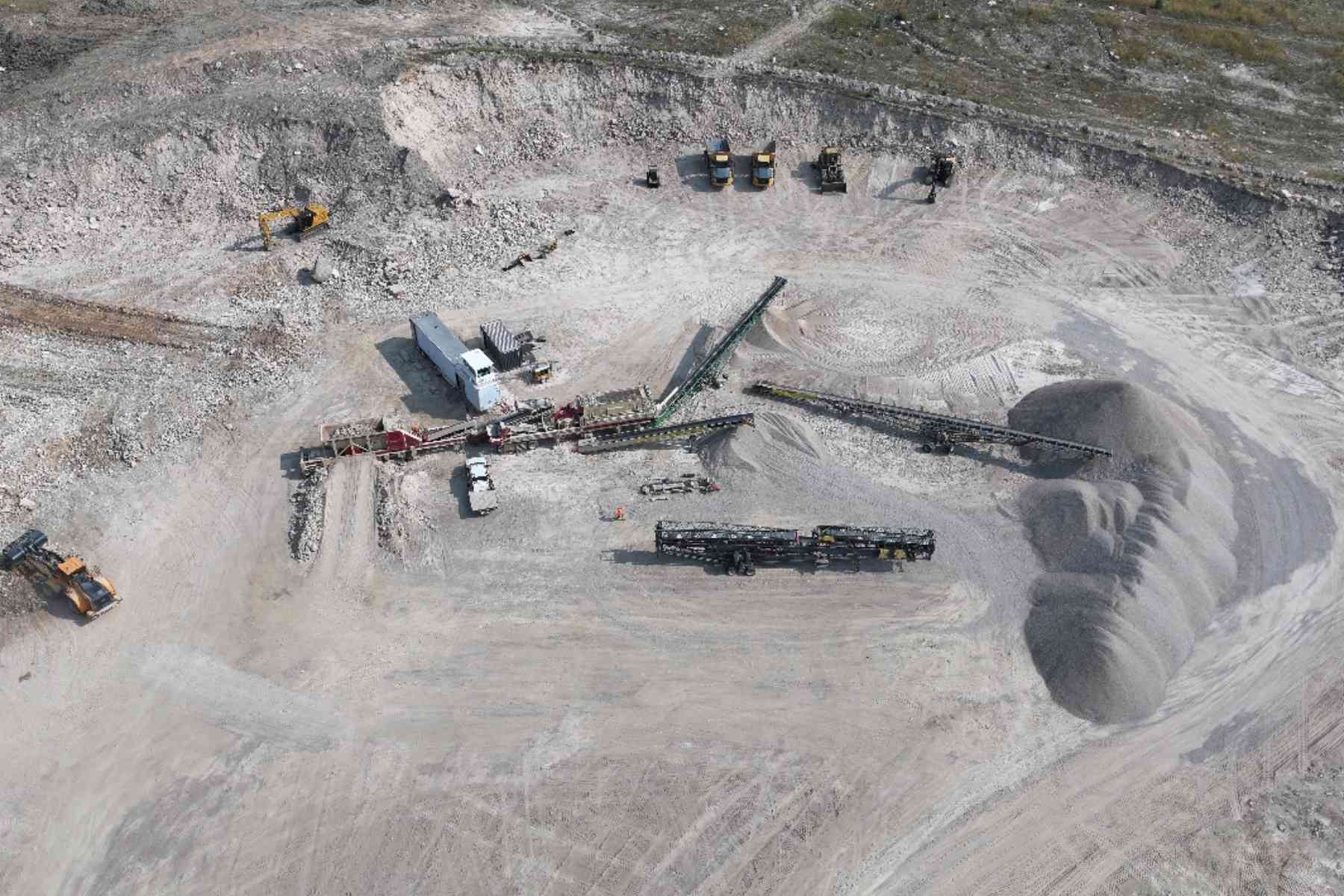
"T wo of the first five major national projects recently advanced by the Mark Carney government for fast tracking involve copper mines. The remaining three involve increased liquefied natural gas production in Kitimat, British Columbia; the construction of a suite of small modular nuclear reactors at the Darlington facility in Ontario; and the expansion of a container port in Montreal. The prioritizing of two copper mines probably took many people by surprise."
"Copper was one of six prioritized critical minerals in the previous government's 2022 critical minerals strategy, alongside lithium, graphite, nickel, cobalt, and rare earth elements, or RREs. Copper's elevated place in the critical minerals spectrum reflects its role in the green energy transformation, including for wiring in electricity and telecommunications networks and in electric vehicles, solar panels, and electronic components. It's a hardy, non-corrosive metal, more easily mined than some others in the critical minerals pantheon (such as lithium and REEs)."
"The red metal's future as a mineral commodity appears bright, or so must be the hope, even though its recent past was less shiny. Over the decade from 2014 to 2023, copper production in Canada declined by 22 percent. Production from Canadian mines in 2023 was slightly less than in 2022. Figures for 2024 showed another decline. The backing of two copper mine projects is clearly designed to reverse this long slide. Future federal government projections on the market value of copper show huge gains by 2040, outstripped in magnitude only by those forecast for lithium."
Two of the first five national projects selected for fast tracking are copper mines, while the other three target LNG expansion in Kitimat, small modular nuclear reactors at Darlington, and a Montreal container port expansion. Copper was designated as one of six priority critical minerals in the 2022 national strategy alongside lithium, graphite, nickel, cobalt, and rare earth elements. Copper's importance stems from its central role in electricity, telecommunications, electric vehicles, solar panels, and electronics, and from being relatively easy to mine. Canadian copper production fell 22 percent from 2014 to 2023 and continued declining into 2024. Federal support for two mines aims to reverse that decline, with projections forecasting large market-value gains by 2040, second only to lithium, despite historical price volatility.
Read at The Walrus
Unable to calculate read time
Collection
[
|
...
]